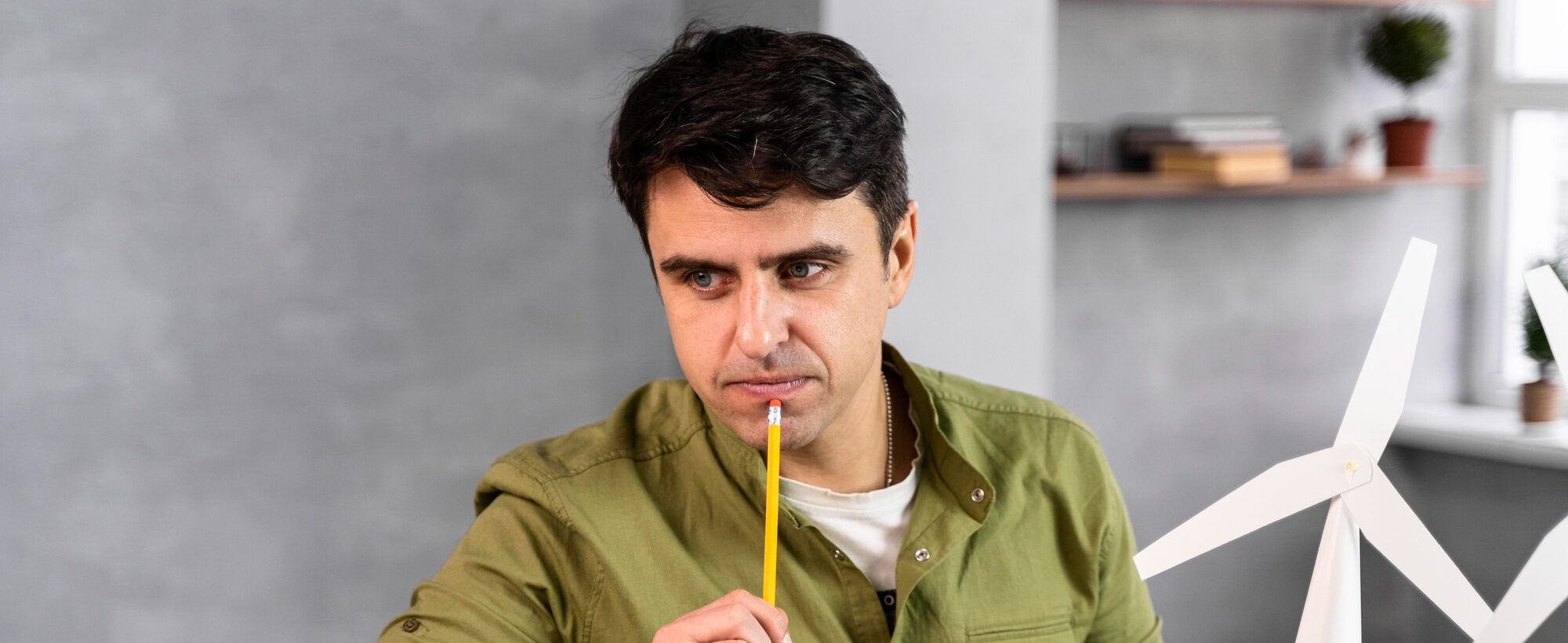The dual number is not a very complicated, but rather provocative part of the Slovenian language grammar.
At the conclusion of marriage, the civil registry office workers often mention the most well-known grammatical category of the Slovenian language. From a linguistic point of view, it accompanies the newly married couples to the future. These are dual personal pronouns, such as “vidva” (two of you) and “vaju” (you), or more or less solemn phrases, such as “vajina skupna pot” (your common way).
The Slovenian language is one of the few Slavic languages, which in addition to the Sorbian language in the south-east of Germany and the Kashubian dialect in the northern Poland, managed to standardize and preserve the grammatical category of the dual number on the level of literary language, while the similar in sound South-Slavic languages lost it partially or completely. People speaking the Slovenian language, who are not particularly interested in dialectology, do not actually know that this very unstable grammatical category has been perfectly preserved in the Slovenian language. Other Indo-European languages tend to compensate this category with plural number. The dual number, however, is used in several other languages, for example, in the Breton language of Celtic origin in the north-west of France or in the modern Arabic and Hebrew languages. The dual number is only used to name paired body parts and other regular pairs of objects. The Slovenian language also demonstrates a trend of losing the dual number or the so-called pluralization, because today, the plural form is stated even by the grammar. We often hear the wrong form of the dual number, for example “dvignimo roki” (he raised his arms) — correct plural form is “roke“. The dual number in this case has its own meaning if we want to emphasize the pairing, for example, “končno sem našla obe rokavici” (finally, I found both gloves).
Pluralization is not a phenomenon of the recent history. Such famous people as Primož Trubar, Jurij Dalmatin and Anton Linhart also used it. Plural forms in the texts by Linhart were edited into the dual number by Andrej Smole, who was preparing the second edition of the “Ta veseli dan ali Matiček se ženi” comedy (“This Happy Day or Matiček Is Getting Married”) for publishing, for example, “dve poroke” → “dve poroki” (two weddings). Today the extensive theories appear that state the elimination of the dual number form since its use in the literary language is precisely regulated. The dialects of the Slovenian language often demonstrate the so-called pluralization of the dual number, where the plural number is already replacing the dual number, for example, “pred dvemi dnevi” (the right form is “pred dvema dnevoma” — two days ago), “pred obemi zbori” (the right form is “pred obema zboroma” — before the two choirs), “trajalo bo najmanj dve ure” (the right form is “dve uri” — it will take at least two hours) or “peljemo se proti dvem krožiščem” (the right form is “dvema krožiščema” — we drive toward the two crossroads) and “pisala sem dvem bratom” (the right form is “dvema bratoma” — I wrote to two brothers). In the context of dual number usage, the Central Slovenian dialects demonstrate the so-called masculinization of nouns, where the neuter gender (“dve okni” — two windows, “dve stanovanji” — two apartments, “dve jajci” — two eggs) transforms into the masculine gender (“dva okna”, “dva stanovanja”, “dva jajca”), wherein the dual form is preserved, even though, on the voice level, it is identified with the plural number.
When studying the Slovenian language as a foreign language, the dual number is often one of the major challenges. The Slovenian language has 6 cases, 3 numbers and often quite unexpected transformations of words, which are difficult to master even for native speakers.
The Slovenian literary language, among other things, expresses very naturally the dual number when declining nouns (e.g., “dve knjigi”— two books, “dve izdaji” — two editions) and when conjugating verbs (e.g., “midva prebirava” — two of us argue and “onadva študirata”— two of them study). However, in general, the Slovenes do not have a clear standard form of the dual number, because the genitive or instrumental cases of the dual number tend to be plural in the endings: “Čakam te pri mladih drevesih” — I am waiting for these young trees (for two or three?) or “Ljudje so polni namišljenih predsodkov” — people are full of imaginary prejudices (of two or three?).
The literary language of the country retained some archaic features, such as dual number, but lost other grammatical categories, for example, aorist, the past tense form or vocative, the Proto-Slavic vocative case, which is preserved in the Croatian and Bulgarian languages. To avoid mistakes, we can formulate a different phrase and thereby approve the natural features inherent to the Slovenian language.
Source: rtvslo.si
